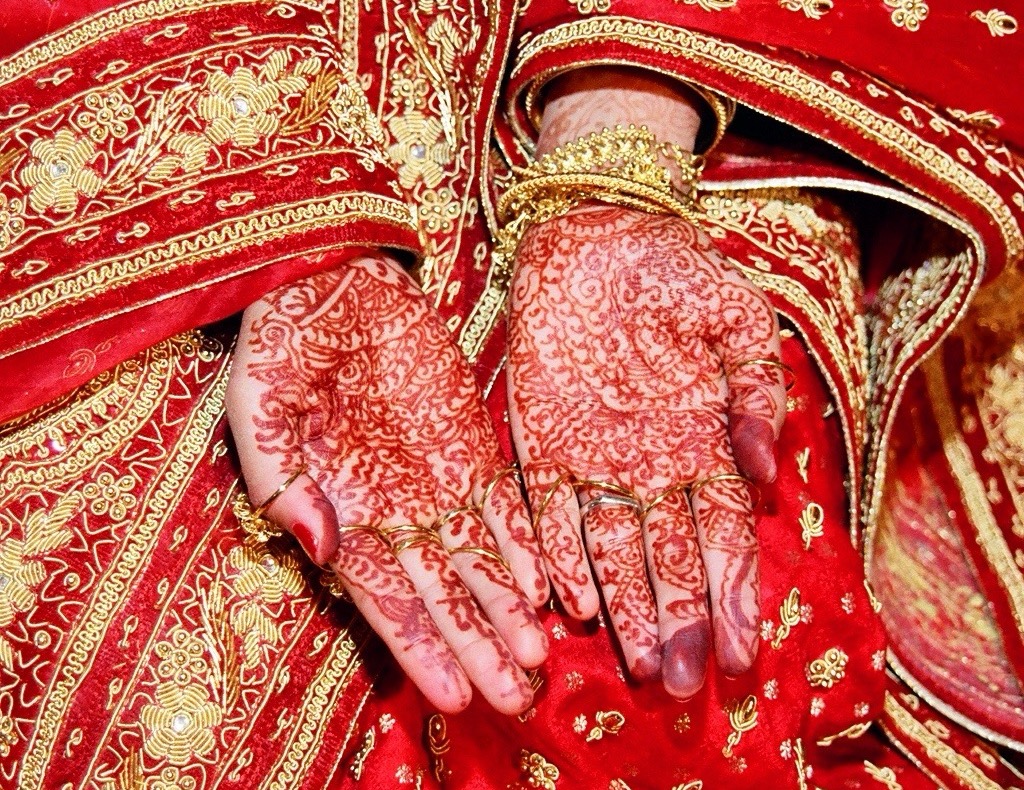The scent is unmistakable: earthy and rich. It lingers in the air as the paste is carefully applied. Next, one must wait for the paste to dry, and finally give way to a vibrant stain that comes out in shades of burnt orange and deep auburn. Then, it fades after a few weeks, almost like it was never even there.
What is Henna?
Henna is derived from the leaves of the Lawsonia inermis plant. They are dried, ground into a fine powder, and then mixed with natural ingredients to create a smooth paste. The key ingredient of henna is lawsone, a natural dye that binds to the proteins in the skin and produces the signature reddish-brown stain. While traditional henna is completely natural, modern variations sometimes include additives to change the color or speed up the process, though most artists often prefer organic blends to maintain the authenticity and safety of the art form.
How Culture Shapes the Art
Henna designs are different depending on which culture a person is from. Each style carries its own unique meaning. South Asian henna is known for its elaborate, lace-like patterns that often cover the entire hand and extend up the arms and feet. These designs often feature floral and net patterns. Henna from the Middle East, on the other hand, uses bold floral patterns and vine-like designs that often leave more negative space. North African designs, notably Moroccan henna, tend to be geometric and symmetrical. It often has sharp angles, diamonds and intricate patterns. In Sudanese and Somali traditions, henna is often applied in thick strokes that create bold, high-contrast designs.
Henna is a way for individuals to express and honor their cultural heritage, particularly in the West. Applying henna is a way to connect with one’s roots. These designs are a visual representation of culture and identity, which is often stripped away when assimilating into Western culture.
Making Its Way to the West
Henna, or mehndi, expresses celebration. Across South Asia, the Middle East and North Africa, henna has been used on the hands and feet of brides, marking the beginning of new journeys. It is used during times of religious celebrations, and can even be used to dye one’s hair. And now, it has made its way into Western culture, appearing at music festivals, state fairs and even as a beauty trend for fake freckles.
This widespread adoption may make one ask, when does using a cultural tradition turn into erasure? Some see henna’s presence in mainstream spaces as a celebration of art and culture, others say that it is just a plant, and a natural way of giving yourself a temporary tattoo. But many argue that its deep-rooted cultural significance is often overlooked. Either way, henna is a symbol of beauty and expression, whether worn as a trend or as a cherished part of one’s heritage.
Where to Find Artists
If you are looking to get your henna done, here are some talented henna artists in Utah: HennaBy Sanz,Henna by Hannan,Rupali’s Henna Art, Henna by Sahra, Eyebrow and Henna Art by Monika.




Premier Contract Cleaning • Apr 15, 2025 at 1:59 pm
The scent is unmistakable: earthy and rich. It lingers in the air as the paste is carefully applied. Next, one must wait for the paste to dry, and finally give way to a vibrant stain that comes out in shades of burnt orange and deep auburn. Then, it fades after a few weeks, almost like it was never even there.